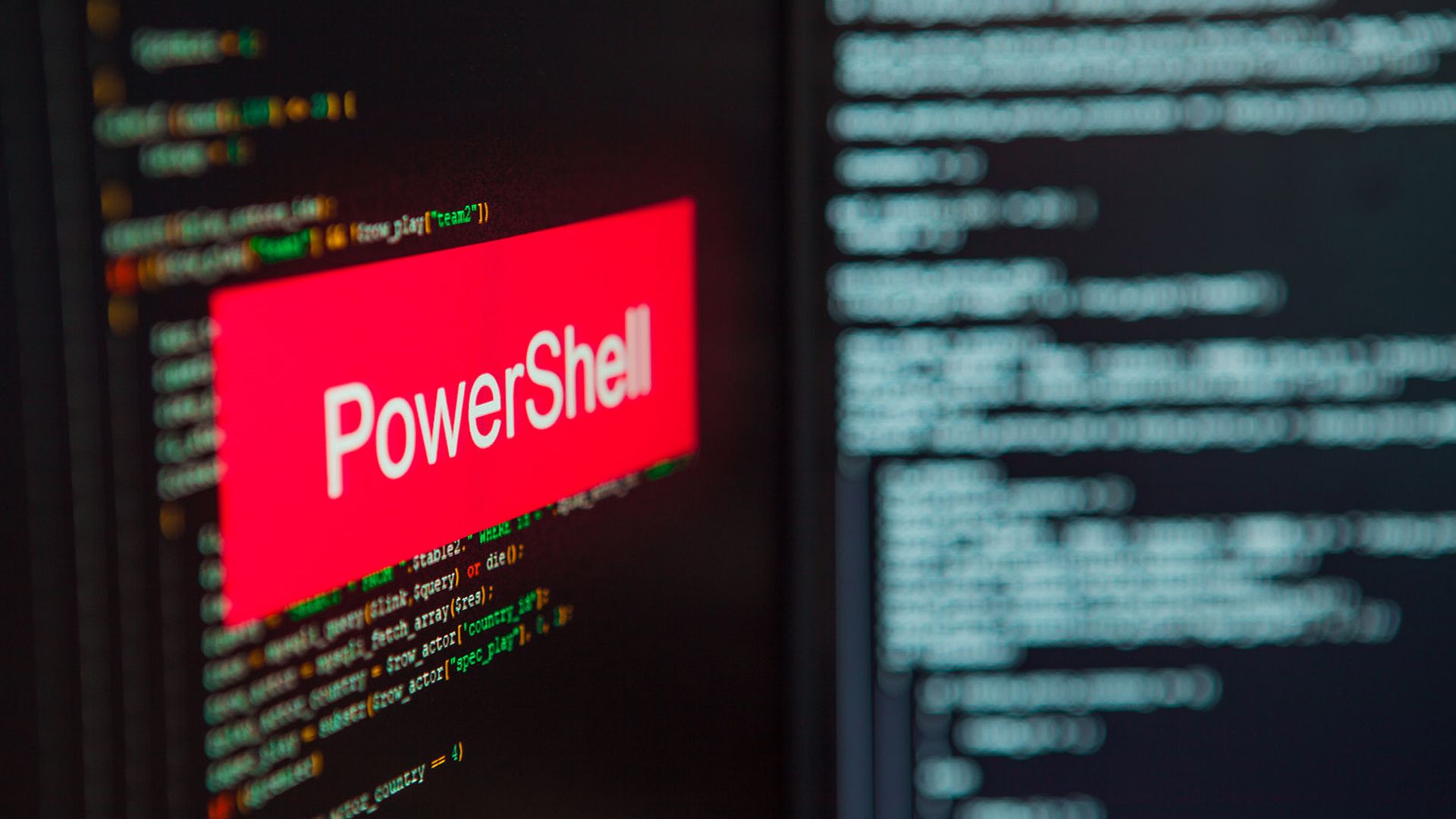The explosive growth of the SaaS market is enabling new heights of enterprise productivity.
As spending on SaaS applications grows by 18% annually, projected by Gartner to hit $232.3 billion in 2024, enterprise operations are being redefined, especially with the sensitive data moving into cloud-based SaaS services.
These trends are challenging CISOs with the need to devise a new security posture strategy.
However, organizations can only protect the data in view. Today, security teams lack visibility into the SaaS stack, which is becoming an expanding attack surface where threat actors are targeting security gaps.
SaaS Security Posture Management (SSPM) has emerged as the solution that can provide the correct security lens into the SaaS environment to ensure a robust security posture.
This article takes a look at how a $10B revenue enterprise adopted an SSPM solution to regain security control of its SaaS stack and improve its security posture. A Forrester Consulting Total Economic Impact™ (TEI) study, commissioned by the leader in SaaS Security, Adaptive Shield, found the investment delivered the enterprise 201% ROI in less than 6 months.
Getting visibility of the SaaS stack to monitor risk
Let’s zoom into the case study of a $10B annual revenue European-headquartered global media and information services enterprise organization where data security was set as a top priority in response to breaches and highly inefficient workloads and workflows.
Growing SaaS adoption for business-critical applications across the organization was challenging the security team. The company experienced six internal security breaches in one year that were attributed to SaaS app usage.
Since security managers had limited knowledge of each application, typically managed by different owners outside of IT or security teams, this left security teams with limited visibility into the application’s security settings. App owners were neither educated nor equipped enough to exercise security, making it impractical for business teams to secure their ecosystem.
The security team was also investing 2400 hours a year in manual processes to implement compliance rules.
The company CSO realized it was time to automate SaaS security efforts, choosing the Adaptive Shield solution considering that it supported the industry’s widest portfolio of SaaS integrations.
New tools for a new era
With the SSPM solution, the company experienced quick improvement in its SaaS security posture. During the Proof of Concept, the security team found issues in SaaS configurations and fixed them.
Before the POC, the company’s SaaS security posture was 40%. In the first six months, the organization experienced rapid improvement, with the score reaching 70% by the end of the year.
An immediate benefit was a reduction in data breaches, dropping half in the second year and projected to be one or fewer the third year. An additional benefit was a 90% savings in labor efforts managing the firm’s compliance goals, with time spent decreasing to 240 hours per year.
As a cloud-first strategy creates a proliferation of SaaS applications, this case study demonstrates how organizations are successfully updating their cybersecurity strategy to continue to fulfill responsibilities to ensure that all data is secure wherever it is stored.




